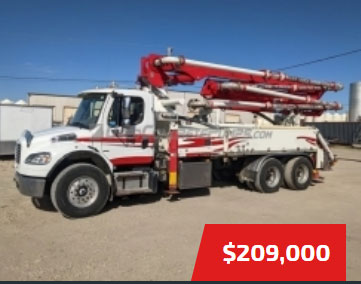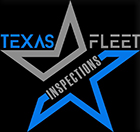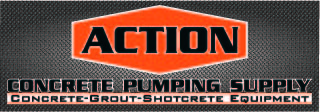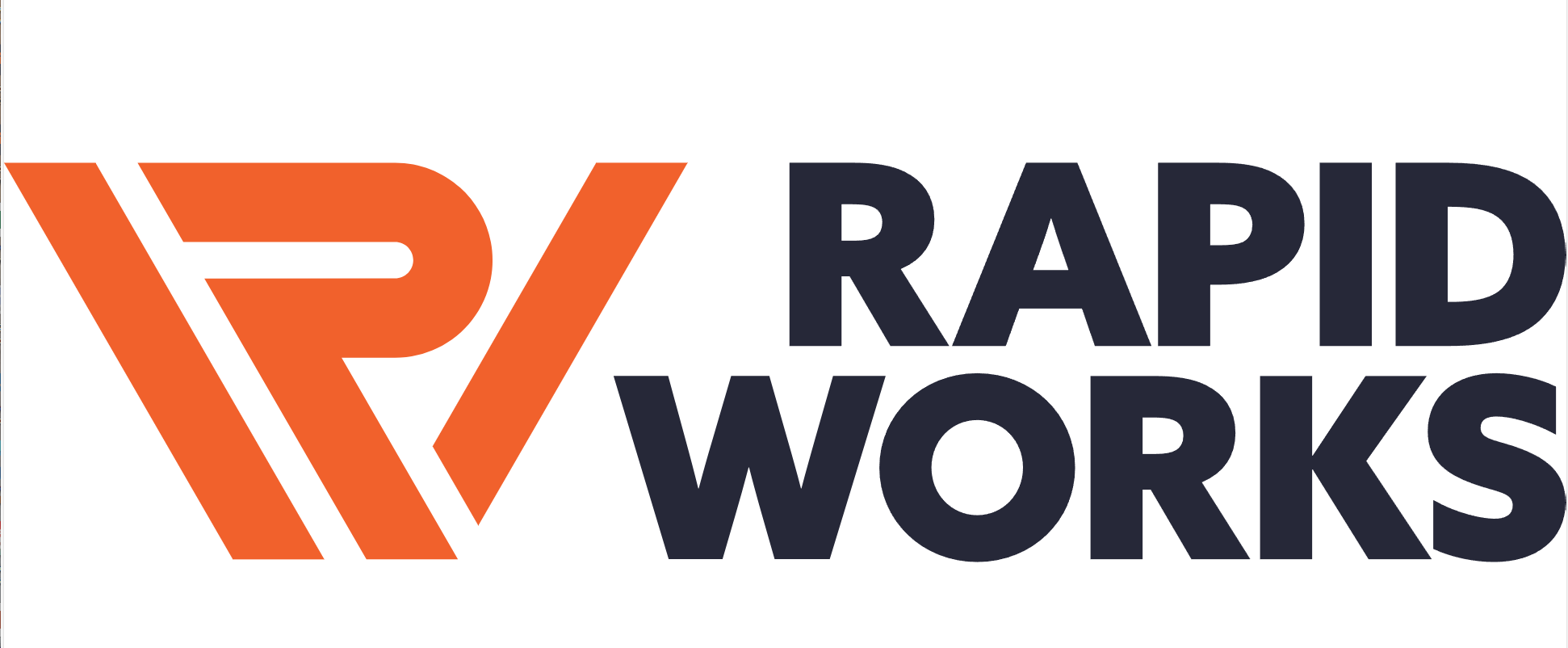|
Do What You Say You Do—Or Stop Saying It
Welcome to the first edition of the NBIS Risk Management Minute.
Concretepumping.com has taken the position that publishing methods of lowering
your insurance costs would be helpful to those engaged in the difficult business
of running a concrete pumping company. As everyone knows, the way to lower
insurance costs is to lower the risk of insuring your company. I have taken up the
challenge of regularly populating this space with tidbits of information that will
lower the risk of insuring your company. If you heed these words, I promise that
sooner or later, it will pay off for you. Not every subject will apply to every pumper,
but check back…there’s going to be something for everybody. Sometimes, I’ll write
about ways to lower the chance of an accident. Sometimes, I’ll write about other
risk management issues.
Today’s topic is related to company materials that you accumulate in your own
safety efforts. The message is simple: It’s important to say what you do, but it’s
more important to do what you say.
Here’s the scenario: You’ve had a couple of incidents and your rates go up. You’re
concerned; something must be done. You get some safety information—maybe
some from the ACPA, some from your policeman buddy, and you talk to a couple of
safety professionals and create a few things yourself. All of these efforts are aimed
at making your personnel more safety conscious. This is a good thing; make no
mistake about it. Now you come up with a little manual of the way things will be
done at your company, and you distribute it to your people.
“This is how we roll here,” you tell your operators. “Please keep these rules in mind
as you go through your day.”
Perhaps a few of the items in your manual you included without actually thinking
carefully about how that wording affects your business. For example, the booklet
you received from your policeman-buddy states that no one will operate a truck
while under the effects of medicine. Seems like a good idea…right?
You have a busy pumping day. Every operator is out; half your crew will have a
second job today. Jimmy, one of your operators, has allergies and today the pollen
count is high. You’ve seen it before; he’s come to work with his allergies for years.
Today he wakes up with watering eyes, a runny nose, and he can’t stop sneezing. He
knows he’d put you in a bad spot if he called in sick, so he takes his over-the-counter
allergy pill to relieve his symptoms.
On the way home from his job, a guy pulls out in front of him and there’s a fender-
bender. The other driver claims a back injury. Although not at fault, Jimmy has to
submit to a drug-test, and the antihistamine is found in his system.
During the discovery of the ensuing lawsuit, the plaintiff attorney gets copies of
Do What You Say You Do—Or Stop Saying It
all your safety information. In it, the attorney spots the instruction you gave that
no one will operate a truck while under the effects of medicine…and yet Jimmy
was doing exactly that. And yes, you knew about his allergies, and yes, that is your
signature at the bottom of the page.
“My client would not have been struck had your man not been under the influence of
this medicine and not been on the road that day as your own safety rules demand,”
states the attorney.
The point is this: It wasn’t unreasonable for Jimmy to take an allergy medicine and
go to work, but your own safety information tells him he should not have driven a
truck that day—even though the medicine didn’t cause him to be a bad driver.
What should have happened to avoid this sticky situation? That’s easy…don’t put
ANYTHING into your company policies that you will not enforce 100% of the time.
If the material already exists, go through it and delete everything that you won’t
enforce. Then issue a dated memo to your personnel stating that there’s a revision
to the safety material. Both the memo and the new safety material should be kept
on file.
Everyone may not agree about what should or should not be enforced all the time,
but if you said it, you have to enforce it. It’s as simple as that.
http://www.4concretepumpinginsurancerequestforquote.com/
|




















.jpg)
.gif)

.jpg)









.jpg)








